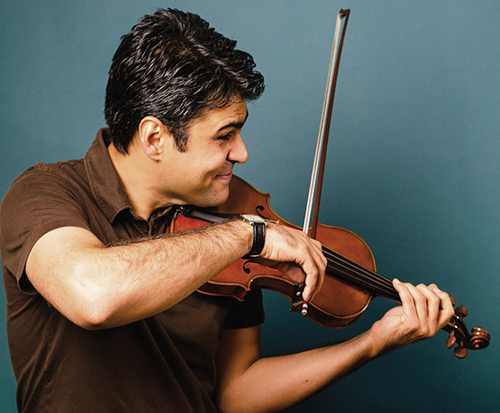Bow Hold: The Technique for Efficient Violin Playing

The bow hold is a fundamental aspect of violin playing that greatly influences the tone, dynamics, and expressiveness of the music. A proper bow hold enables violinists to achieve efficient and controlled bowing techniques, producing a beautiful and expressive sound. In this SEO blog, we will explore the art of the violin bow hold, uncovering the essential elements, and proper technique, and providing valuable tips for mastering this crucial aspect of violin playing.
- Proper Hand Position
A proper bow hold begins with the hand position. The hand should be relaxed and rounded, with the fingers gently curved. The thumb rests on the frog of the bow, while the other fingers, particularly the index and middle fingers, gently grip the bow shaft. The pinky finger supports the weight of the bow, balancing the pressure exerted by the other fingers.
- Balance and Control
Achieving balance and control is the key to an effective bow hold. The fingers should exert a balanced and even pressure on the bow, allowing for precise control over the bow’s movement and speed. This balance ensures smooth and consistent bow strokes, enhancing the overall sound quality and dynamics of the violin.
- Flexibility and Fluidity
Flexibility and fluidity in the bow hold are essential for expressive playing. The fingers should have a certain level of flexibility, allowing for subtle adjustments in pressure and positioning as the bow traverses the strings. This flexibility allows for dynamic and nuanced playing, enabling the violinist to convey emotion and musicality in their performances.
- Relaxed Arm and Wrist
A relaxed arm and wrist are crucial for an efficient bow hold. Tension in the arm and wrist can hinder the fluidity and freedom of bowing movements. By maintaining a relaxed and supple arm and wrist, violinists can execute smooth and controlled bow strokes, minimizing strain and maximizing the efficiency of their playing.
- Practice and Seek Guidance
Mastering the bow hold requires consistent practice and guidance. Regular practice sessions dedicated to bow technique and exercises can help strengthen the necessary muscles and develop muscle memory. Seeking guidance from a qualified violin teacher or instructor is highly recommended to ensure proper technique and to receive personalized feedback and guidance.
Conclusion
The bow hold is a vital aspect of violin playing that greatly influences the sound, expressiveness, and efficiency of performances. By mastering the art of the bow hold through proper hand position, balance, flexibility, and relaxation, violinists can achieve greater control, dynamic range, and musical expression. Dedicate time to practicing and refining your bow hold technique, and seek guidance from experienced instructors to further enhance your skills. Embrace the beauty of the violin bow hold and unlock the potential for efficient and expressive performances.

Leave a Reply